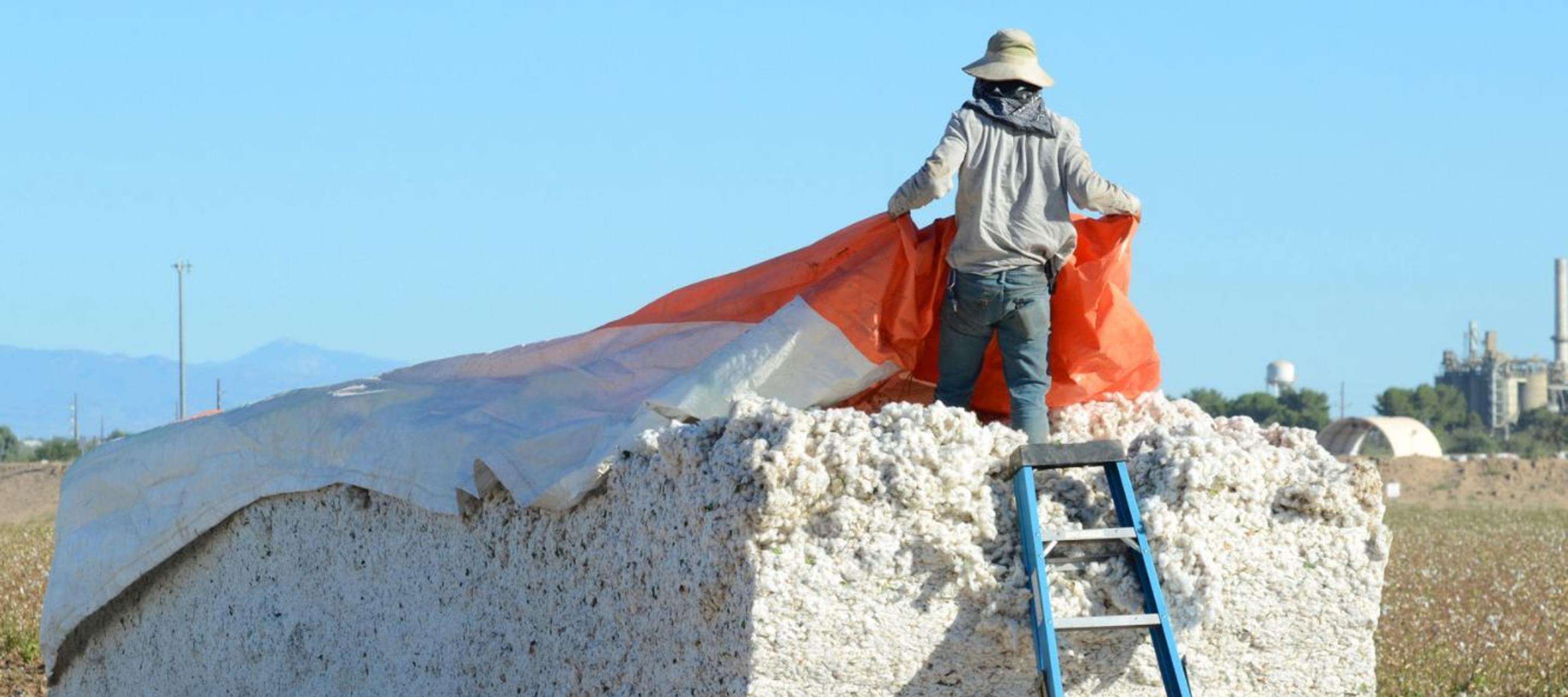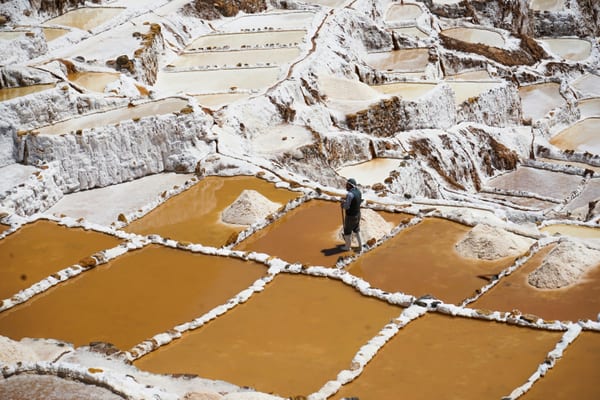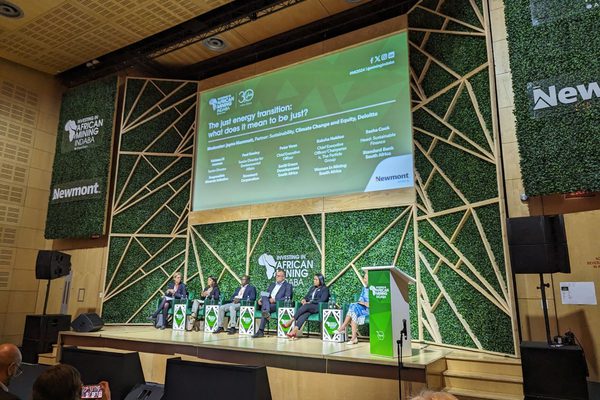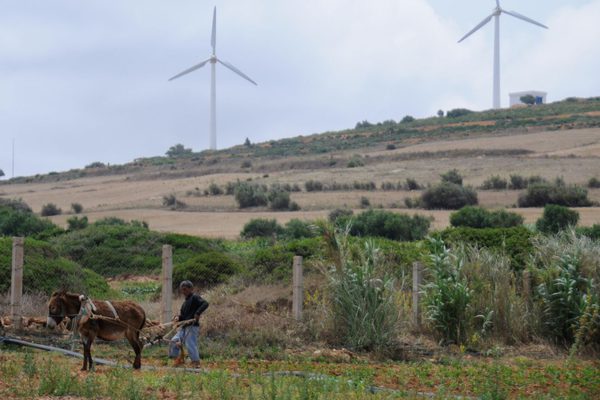Roundtable on human rights challenges relating to the cotton value chain
20 August 2021

This summary highlights key points from a recent expert dialogue jointly organised by IHRB and the Peace and Human Rights Division of the Swiss Federal Department of Foreign Affairs (FDFA). The event, held under the Chatham House Rule, brought together representatives of brands, traders, civil society, and governments to take stock of current challenges to human rights due diligence and responsible sourcing in the cotton, textiles, and apparel industries.
The aim of the discussion was to identify what existing and new approaches are needed to make respect for human rights a reality throughout the global cotton value chain.
Progress has been made over recent years in some countries and some industries in addressing forced labour and other human rights challenges in the cotton value chain.
Companies involved in the sourcing, production, and marketing of cotton products within China and worldwide are currently facing intense scrutiny of their human rights commitments and commercial activities.
Despite improvements, new questions are being asked about the responsibilities of those involved in the production of cotton and cotton-based products, including in the context of serious allegations of forced labour in major cotton producing regions such as Xinjiang and related abuses of Uyghur Muslims and other minorities in China. Given that China is the largest cotton producer in the world – with Western China producing 20% of the global cotton supply – companies involved in the sourcing, production, and marketing of cotton products within China and worldwide are currently facing intense scrutiny of their human rights commitments and commercial activities in the country.
The military coup in Myanmar has also renewed discussions about what sanctions may be appropriate in response to widespread human rights abuses, and how sanctions themselves can lead to adverse human rights impacts, often on the most vulnerable. The removal of European Union human rights-based tariff relief (Generalised Scheme of Preferences) for Myanmar, for example, could make cotton-based exports from that country uncompetitive, and would threaten the employment of 600,000 workers in and around Yangon.
Questions considered during the discussion included:
- How far has human rights due diligence permeated the cotton value chain and what can be learned from previous challenges?
- What are the most urgent human rights issues associated with cotton today and how should these be addressed over the next five years?
- Is there consensus on the essential elements of enabling environments for responsible sourcing of cotton and how governments as well as companies should be working to put these conditions in place?
- What are the main lessons from public and private advocacy/diplomacy efforts to address human rights abuses relating to the cotton value chain?
Summary
Progress has been made in strengthening human rights due diligence in the cotton supply chain, including through global initiatives such as the Cotton Campaign and the Better Cotton Initiative. The roles of organisations such as the ILO and the OECD and third-party monitoring efforts have all been important in this respect as well. Improvements over recent years in labour protections in cotton producing countries such as Uzbekistan are encouraging but forced labour and other rights abuses continue in many places, as can be seen in recent reports from China and Turkmenistan.
Some of the current challenges faced by business and other stakeholders involved in the global cotton value chain include:
- Limited leverage to improve human rights conditions, in part due to heavy state involvement in many cotton-producing countries;
- Difficult choices over whether to disengage from major cotton markets due to widespread rights abuses, or to remain engaged and risk complicity and losing consumers elsewhere;
- Growing concern over reports of wide-scale forced and child labour in major cotton producing countries;
- Farmers’ health and safety conditions, including lack of protective equipment and high numbers of worker deaths from heat stress;
- Threats to collective bargaining, freedom of association and freedom of expression in major cotton-producing countries.
Collaboration and capacity building for the responsible sourcing of cotton
The key to making progress in mainstreaming human rights in the cotton value chain includes a robust civil society, capacity building and engagement on the ground, and collaboration among local and international players to increase leverage and action.
- In the case of Uzbekistan, coordinated efforts by companies, government bodies, multi-stakeholder initiatives, civil society, and external assistance from agencies such as the ILO, World Bank and IFC, have led to significant progress for workers in the cotton sector.
- The Uzbek Cotton Pledge comprised a list of companies who made commitments to oppose the use of forced labour, and the number of signatories has increased over time.
- Civil society can make a difference – for example in India and Pakistan, a vibrant civil society promotes awareness raising and reform linked to the cotton industry, as well as on the ground reporting that can amplify workers’ voices and expose poor conditions.
- Ongoing efforts are needed to educate and support stakeholders throughout value chains on human rights due diligence expectations and how to fulfil them. This often requires strengthened industry collaboration to develop effective tools and share good practices in achieving positive impacts over the long term.
- Particularly midstream in the cotton value chain, traders can play an important role in providing incentives and capacity building (please refer to human rights guidance for commodity traders).
- Industry initiatives such as BCI, Fairtrade, Cotton Made in Africa, as well as commodity traders and others, are working with farmers directly to improve capacities needed to respect international standards.
- Training programmes around livelihood improvement are crucial in alleviating underlying poverty. This is particularly important where there are food security issues in cotton-growing regions.
It is possible to have low-risk cotton from high-risk regions if there are on the ground initiatives working closely with farmers and workers, for example to implement effective grievance mechanisms.
Traceability and transparency of cotton and textiles
Traceability and transparency are both important, but not sufficient in themselves to ensure respect for human rights:
- Fairtrade cotton requires traceability and there is consumer demand, but it costs more. As the technology improves so the cost will reduce.
- Traceability technology tools can be useful if applied in the right stage in the value chain:
- If the focus is on knowing where cotton is produced, they need to be applied at yarn spinning mills.
- If the focus is on origin of yarn, then they need to be applied at textile mills.
- Traceability alone doesn’t solve problems, it just makes them clearer. There is much information that cannot be traced.
- It is possible to have low-risk cotton from high-risk regions if there are on the ground initiatives working closely with farmers and workers, for example to implement effective grievance mechanisms.
- Audits are useful, but are also problematic:
- Bad practice can be disguised during audits.
- There is strong evidence that many suppliers involved in forced labour practices can gain consistent compliance statements that brands (and governments) will accept.
- The entire cotton industry must work together for transparency throughout the value chain.
- Disclosure requests need to focus on how businesses are engaging with their supply chain tiers, particularly where there is leverage and visibility in the upstream.
Finance as leverage toward improved human rights due diligence of cotton sourcing
Finance providers are important points of leverage – ensuring that investment is steered towards rights-robust cotton supply chains:
- Banking/financing is critical – the work they have been doing on value chains is important.
- Socially responsible investors can help raise companies’ awareness about human rights issues in the cotton value chain.
- In the commodity sector the link between finance (multilaterals, investors, banks) and sustainability issues is considerable. Access to finance will be increasingly linked to ESG, and commodity companies will need to pay attention to this to get access to competitive capital.
Government/State role in protecting the human rights of cotton and textile workers
Ultimately governments and states play the most important role – using their leverage and influence on other states whose human rights records are in question:
- Politics plays a huge role in many sectors, but particularly cotton.
- Progress can only be achieved with government buy-in and commitment.
- When governments do act, their policies can have knock-on effects and (un)intended (or indeed intended) consequences or may not be effective in practice.
- States need to draw up foreign policy strategies that improve ways of engaging with authoritarian governments to make them more informed and more human rights centred.
- States need to build democratic resilience at home, and lead by example e.g.
- Inviting Special Rapporteurs to conduct country assessments
- Supporting the role of the UN in monitoring abuses and engaging with states.
- It is important to balance corporate responsibility and government duty.




